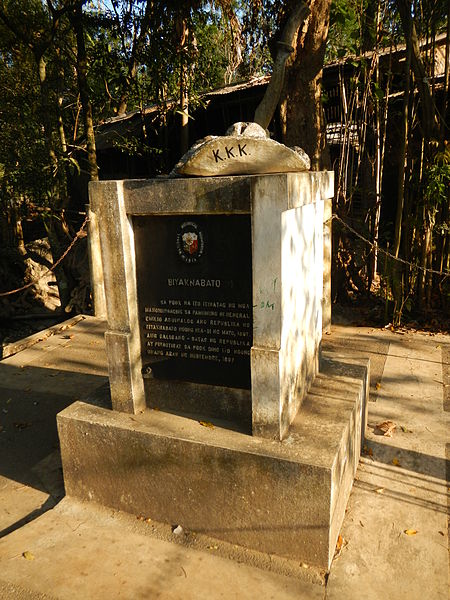The Tydings–McDuffie Act, officially the Philippine Independence Act, is an Act of Congress that established the process for the Philippines, then an American territory, to become an independent country after a ten-year transition period. Under the act, the 1935 Constitution of the Philippines was written and the Commonwealth of the Philippines was established, with the first directly elected President of the Philippines. It also established limitations on Filipino immigration to the United States.
Representatives from the Philippine Independence Mission in 1924 (left to right): Isauro Gabaldón, Sergio Osmena, Manuel L. Quezon, Claro M. Recto, Pedro Guevara, and Jorge Bocobo
Image: John Mc Duffie 2
Constitution of the Philippines
The Constitution of the Philippines is the constitution or the supreme law of the Republic of the Philippines. Its final draft was completed by the Constitutional Commission on October 12, 1986, and ratified by a nationwide plebiscite on February 2, 1987.
The Memorial at Biak-na-Bato National Park
José P. Laurel, President of the Second Philippine Republic, addresses the National Assembly in what is now the Old Legislative Building to approve the 1943 Constitution.




